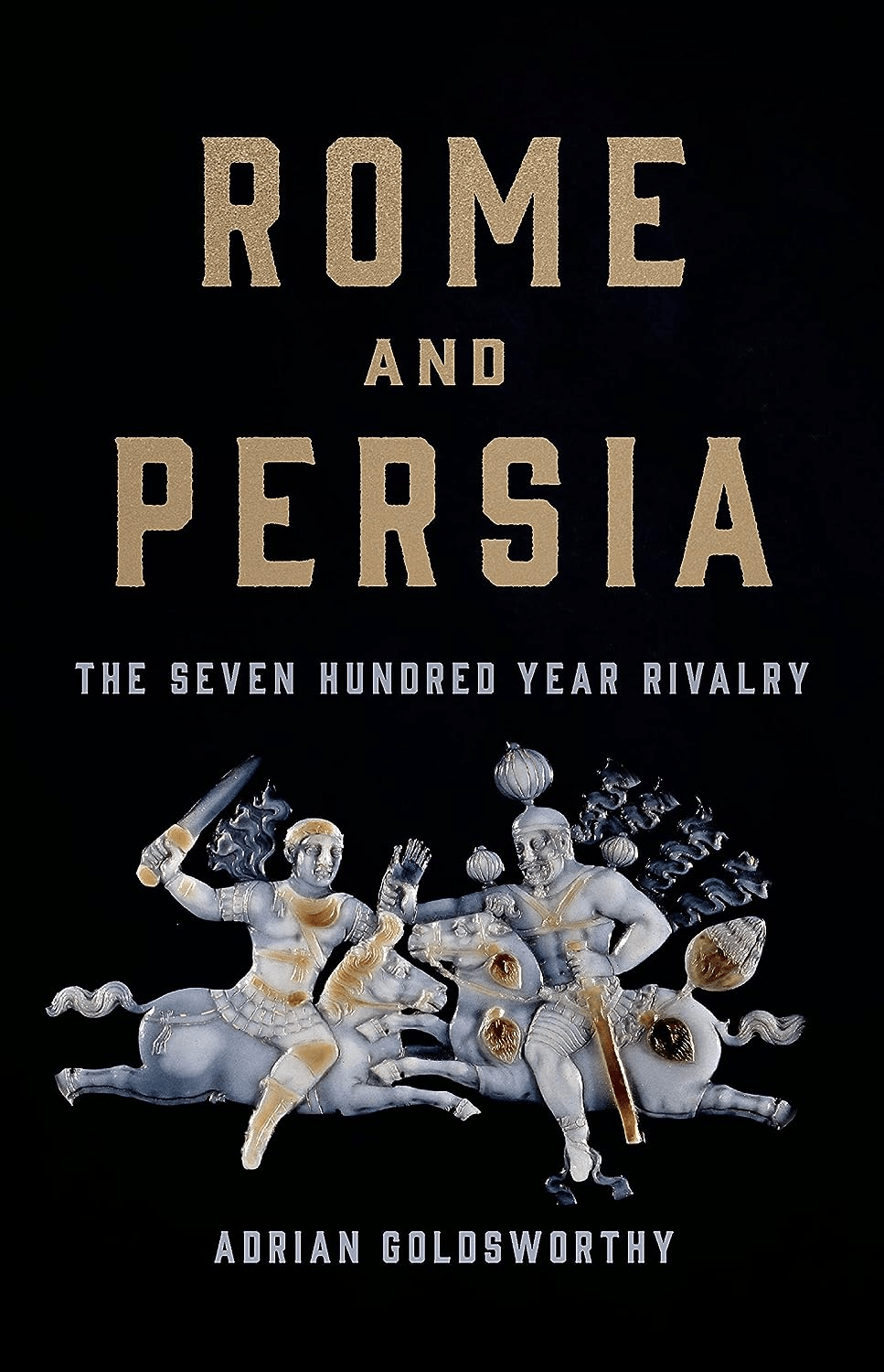
Contesting Antiquity in Egypt: Archaeologists, Museums & the Struggle for Identities from World War I to Nasser
Tom Verde
Donald Malcolm Reid
2015, AUC Press, 978-9-77416-689-1, $59.95 hb.
It took a while—the so-called “long 19th century” (1798-1914), in fact. But with the discovery of Tutankhamun in 1922, Egyptian archeologists began embracing their own past with the same rigor as their French and British imperialist predecessors. In this sequel to his Whose Pharaohs? Archaeologies, Museums, and Egyptian National Identity from Napoleon to World War I, Donald Reid traces the evolution of Egypt’s four major branches of archaeological study: Islamic, Coptic, Greco-Roman and ancient Egyptian. The nascent national movement went hand-in-hand with Egypt’s drive towards independence. “Revolutionary times are anything but predictable, and so it proved for the careers of Egyptian Egyptologists,” such as Amhad Kamal (1851-1923), founding father of native Egyptian archaeology, Coptologist Murqus Simaika (1864-1944) and Islamic archaeologist, Ali Bahgat (1858-1924), he writes. Yet by the last half of the 20th century, busts of many of these pioneering scholars appeared alongside their European counterparts outside Cairo’s Egyptian Museum, indicating “not of revolutionary overthrow but one of evolutionary inclusion” Reid observes in this fascinating history of historians.
You may also be interested in...
.png?cx=0.45&cy=0.59&cw=382&ch=519.4922937443337)
New Book Decodes Mystery Behind Sixth Century Mosaic Pavement
Jane Chick’s 2024 study on enigmatic Libyan mosaic bridges Late Antiquity Roman and early ecclesiastical art.
In War and Peace, Book Explores How Rome and Persia Remained Frenemies
Book Review: In his latest scholarly work, Roman historian Adrian Goldsworthy reduces Persian and Roman longevity to simply an ever-evolving coexistence.